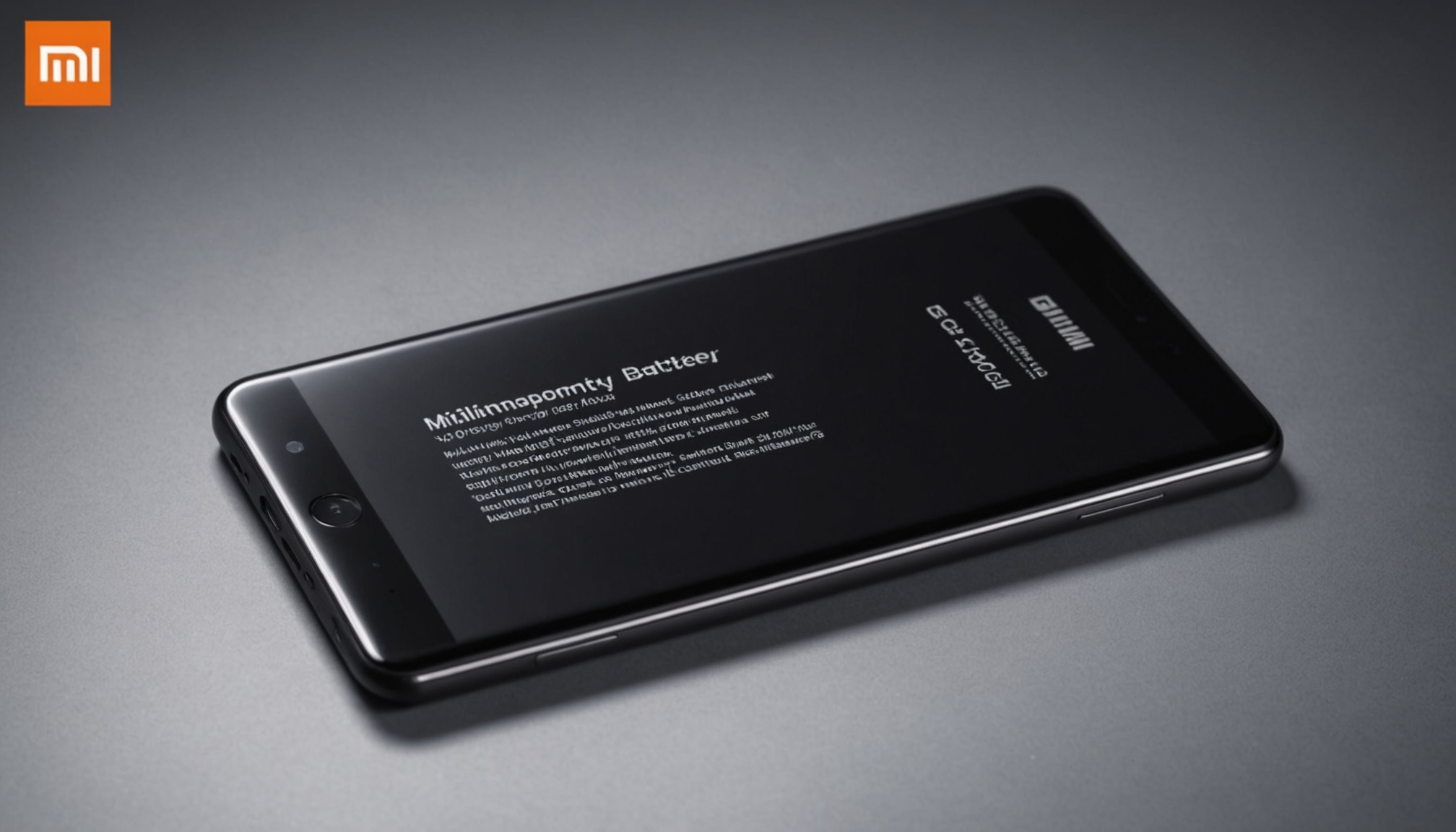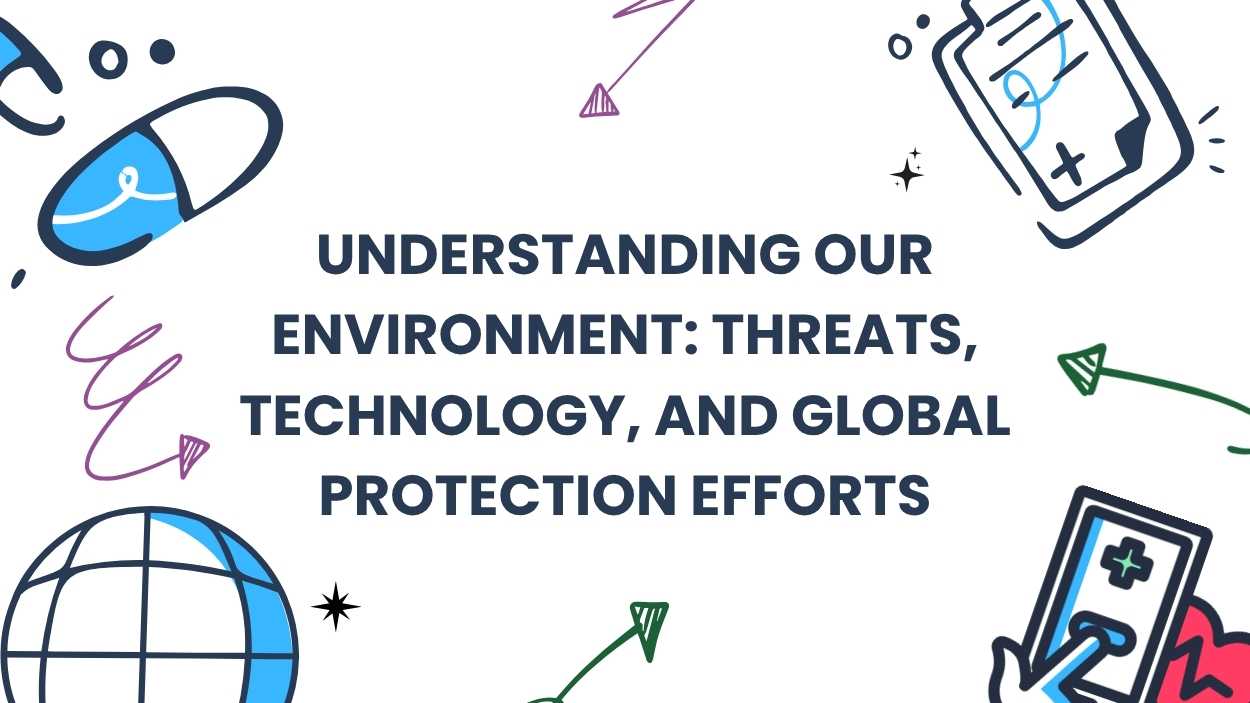The recent showdown between the Xiaomi 17 Pro Max and the iPhone 17 Pro Max has exposed a fundamental truth often overlooked in the smartphone arena: battery size isn’t everything. While Xiaomi’s device packs a colossal 7,500mAh battery, dwarfing the iPhone’s 4,823mAh, real-world tests reveal a surprising outcome. The iPhone, despite its seemingly smaller power cell, consistently delivers superior battery life. This discrepancy underscores the importance of intelligent power management and the synergistic relationship between hardware and software, a realm where Apple continues to reign supreme.
The Ecosystem Advantage
Apple’s success in battery optimization stems from its unique, vertically integrated approach. By designing both its silicon and its operating system, Apple achieves an unparalleled level of control and efficiency. Every component is meticulously crafted to work in harmony, resulting in seamless power distribution and aggressive power-saving features. This holistic ecosystem allows iOS to intelligently allocate resources, prioritizing essential tasks while minimizing background drain. In contrast, Xiaomi relies on a more fragmented landscape, integrating components from various vendors, including Qualcomm processors and Google’s Android OS. While Android offers flexibility and customization, it often lacks the fine-tuned efficiency of Apple’s integrated system.
Beyond the Specs Sheet: The Software Secret
The disparity in battery performance also highlights the critical role of software optimization. iOS is renowned for its sophisticated power management capabilities, which dynamically adjust CPU frequencies, screen brightness, and background processes to conserve energy. Apple’s proprietary algorithms learn user behavior patterns and adapt accordingly, optimizing power consumption based on individual usage. Xiaomi, on the other hand, faces the challenge of adapting Android’s generic power management features to its specific hardware configuration. While Android has made significant strides in battery optimization, it still lags behind iOS in terms of fine-grained control and adaptive learning.
The emphasis on headline specifications in certain markets, particularly in China, further exacerbates the issue. Manufacturers often prioritize features that look good on paper, such as large batteries and fast charging, over subtle but crucial optimizations. This trend has led to a proliferation of devices with impressive specifications but underwhelming real-world performance. Consumers, swayed by marketing hype and perceived value, may be overlooking the importance of software efficiency and long-term battery health.
The Future of Mobile Power
The Xiaomi-iPhone battery test serves as a valuable lesson for the smartphone industry. It underscores the need to move beyond mere battery capacity and embrace a more holistic approach to power management. As mobile devices become increasingly complex and power-hungry, software optimization and ecosystem integration will become even more critical. The future of mobile power lies not in simply cramming larger batteries into our phones, but in developing smarter, more efficient systems that maximize battery life without compromising performance or user experience. The companies that prioritize this holistic approach will ultimately win the battery battle.













